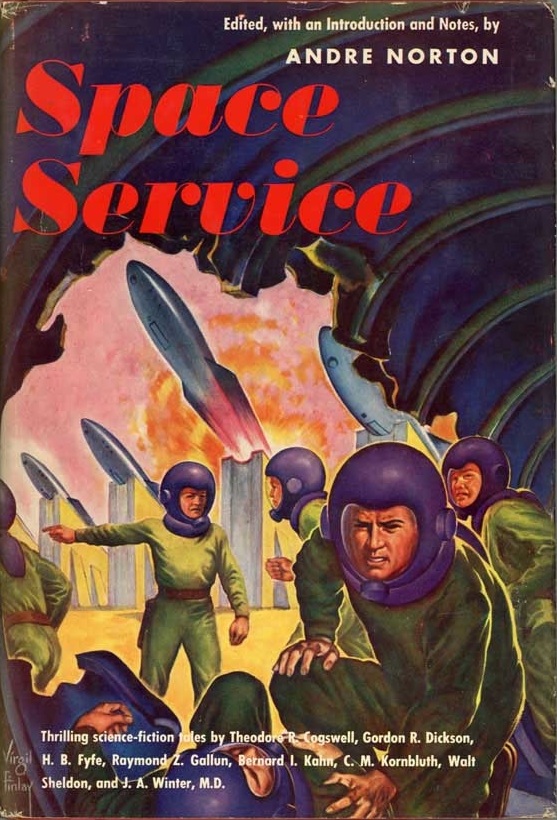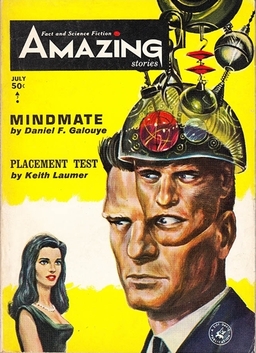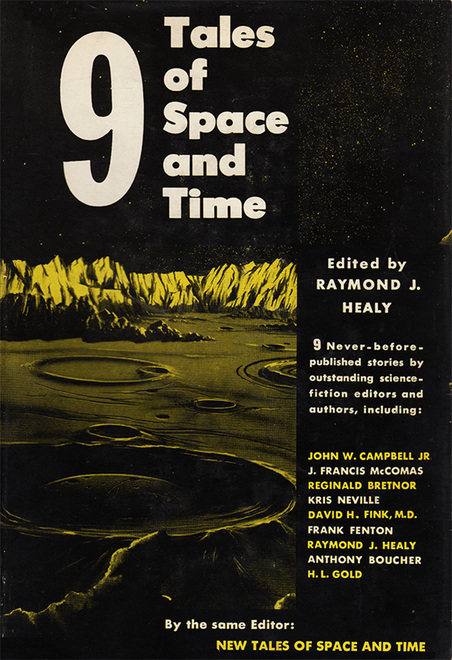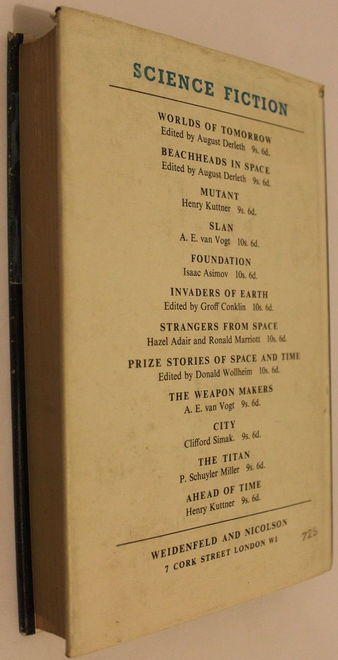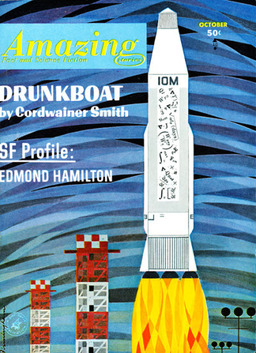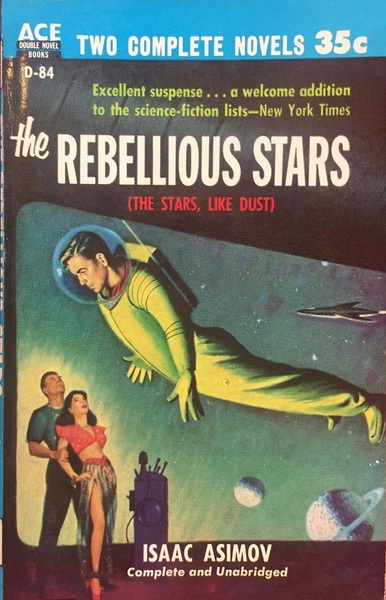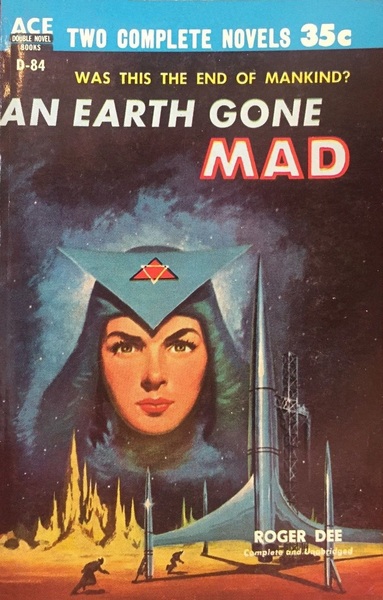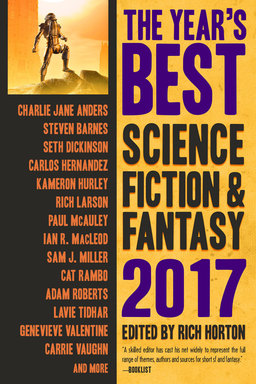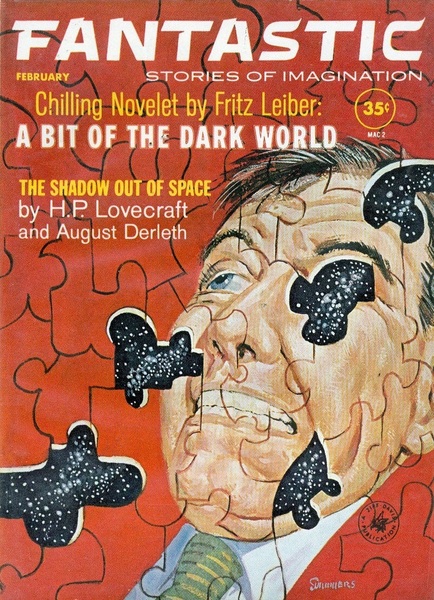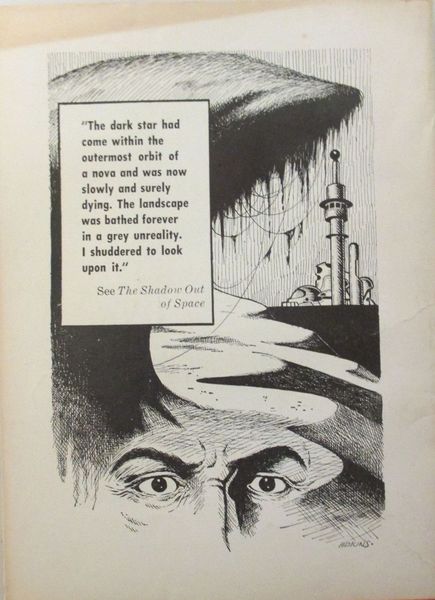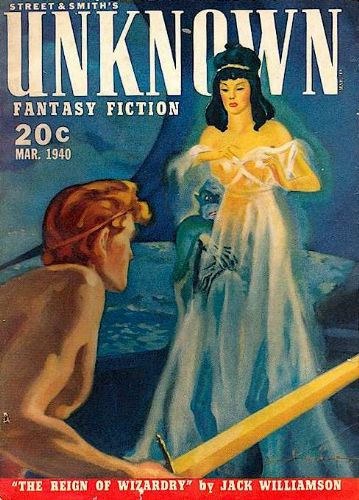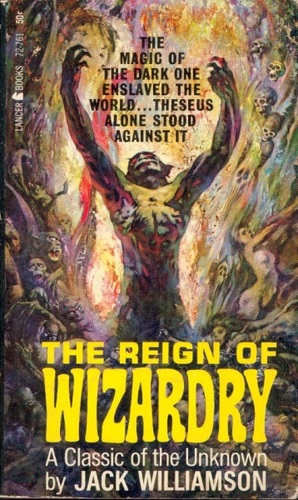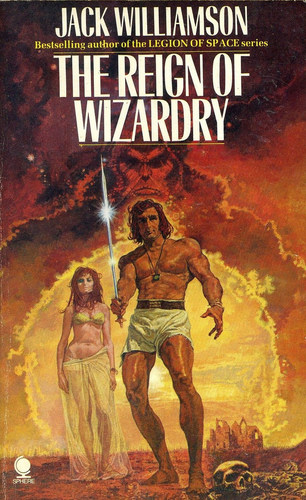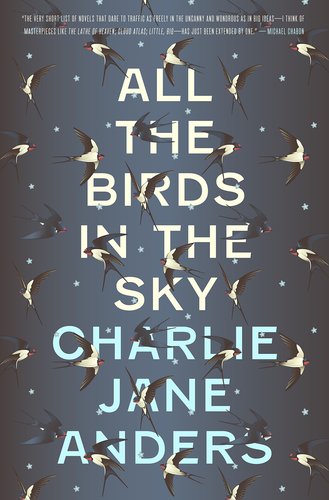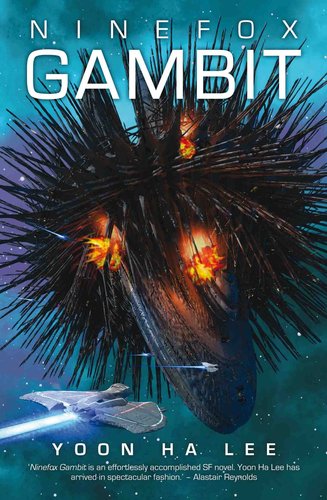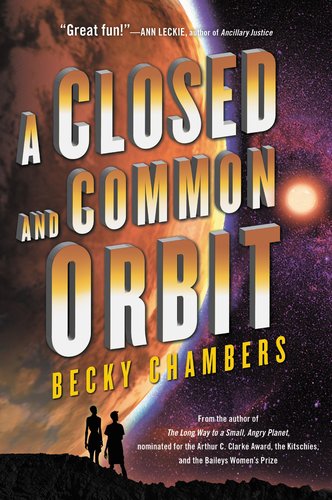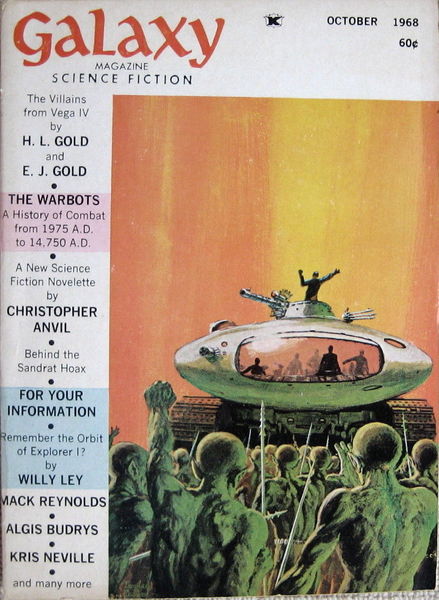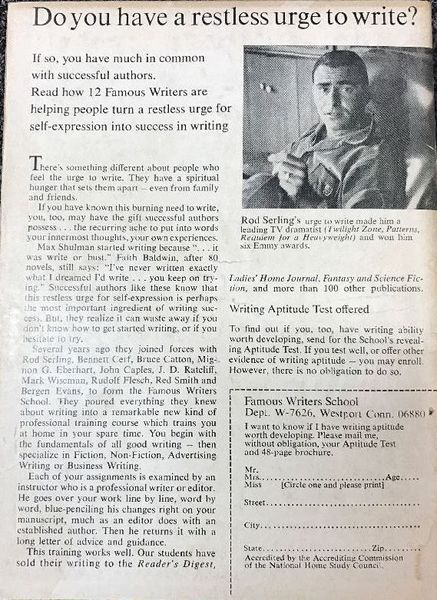Frontier Guard, Robot Ships, and Rascal Traders: Rich Horton on Space Service, edited by Andre Norton
Andre Norton is one of the most revered science fiction writers of the 20th Century. True, much of her work is out of print these days, and she seems to have more or less fallen out of favor with modern readers (except Fletcher Vredenburgh, naturally), but there are still plenty of SF fans who credit her with their introduction to science fiction.
Many readers don’t know that Norton made a name for herself as an editor before she became acclaimed for her own writing. Her three SF anthologies for World Publishing Co., all published between 1953-56, remain some of her most collectible work. Party that’s due to their relative rarity, but the Vigil Finlay covers are also a big factor. These are gorgeous books, eagerly sought by collectors, especially in good condition.
Over at his website Strange at Ecbatan, Rich Horton reviews the first one, Space Service. It appeared in hardcover in 1953 and, like the other two, has never been reprinted.
